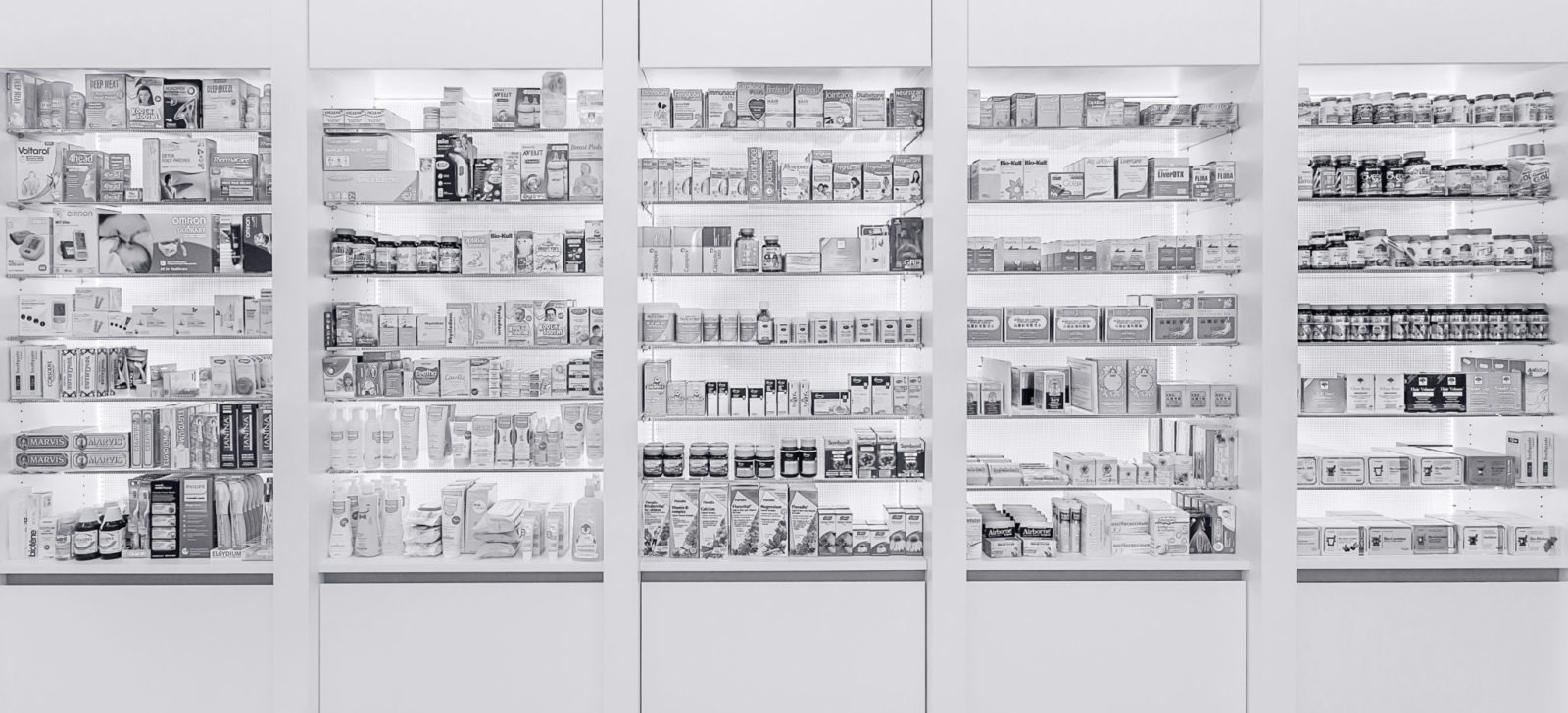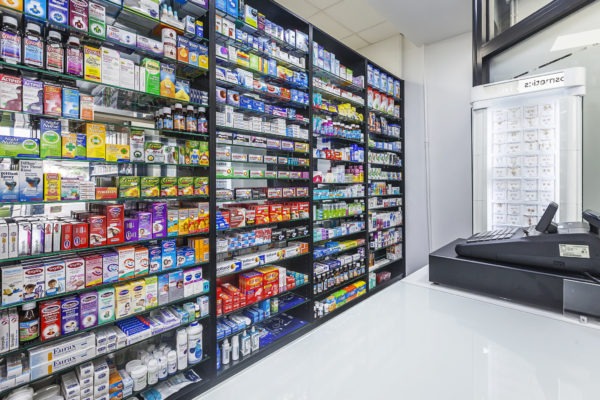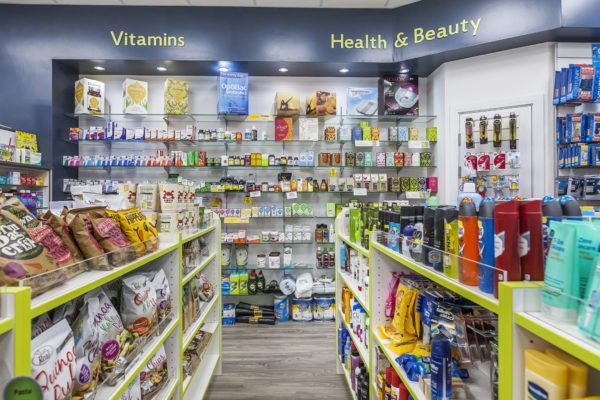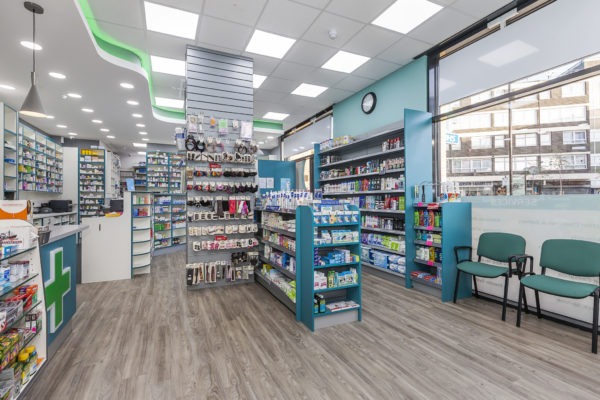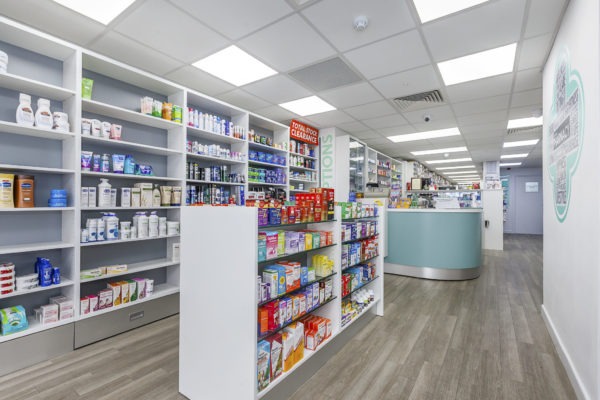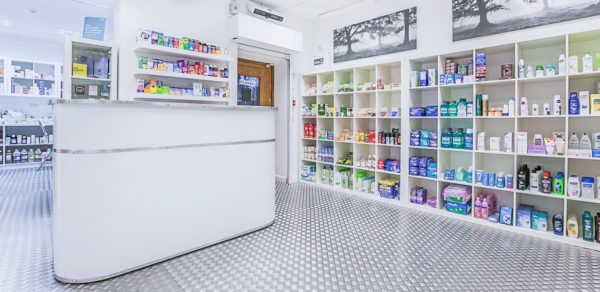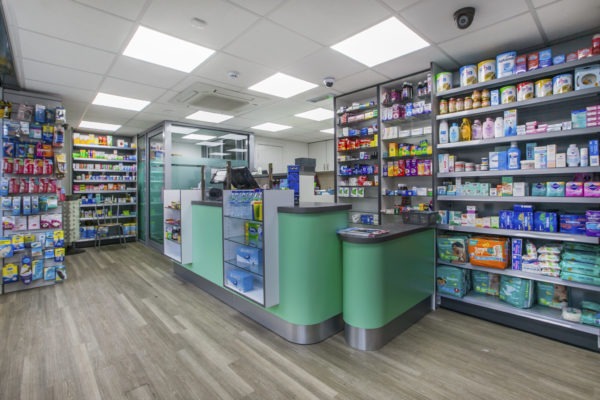An efficient merchandising strategy builds on a deep understanding of customers’ needs and wants. It is not enough to make potential buyers enter your store, you must also convince them that it is worth spending time in there. But how can you do that? Although retail merchandising is a complex enterprise in itself, one of its key aspects is shelf merchandising and shelving optimisation. Shelf merchandising and an efficient shelving strategy allows you to display your products in an enticing, eye-catching and strategic way. If done correctly, this can increase business revenue significantly and therefore maximises profitability. In this post we discuss some strategies that you can implement to do just this.
The art and science of shelf merchandising
Before delivering our tops tips on shelf merchandising and shelving optimisation, let’s find out what it actually is. Shelf merchandising is both an art and a science. Research indicates that the overall ambience and environment of a store greatly influences your customers’ perception of merchandising value. Consequently they can influence the purchasing decision buyers make. Not paying enough attention to product placement, store layout and design can negatively influence your business.
Shelf merchandising and effective shelving strategy involves two main things. On the one hand, you need to pay attention to shelving optimisation. This includes choosing shelving systems and materials, as well as carefully planning how to use them to create an efficient in-store layout. Design is an essential part of shelving optimisation. On the other hand, you also need to think about product placement. Organisation and selection is the key in this regard. The way you choose to showcase your products and where you place them inside significantly influences your customers buying decisions.
Now that you understand the concept of shelf merchandising and what it consists of, let us turn to some key tips and tricks you can do in order to significantly increase your sales.
Shelving optimisation and shelf merchandising. How to organise your shelves efficiently?
Shelving optimisation covers many different things. It includes choosing the right type of shelving systems and materials as well as the organisation and placement of the shelves inside your store. All of these are part of an efficient shelf merchandising and shelving strategy. Today we will focus more on shelf organisation, but you can find out more about shelving systems and materials here.
Shelving layout and organisation
The most important aspects of shelf merchandising are shelving layout and design. Organisation is key. Using appropriate shelving systems in a well-arranged manner helps your customers discover the entirety of your store and guides them towards products you most want them to notice. Here’s a number of key tips to keep in mind:
- Create an efficient floor-plan. Use your shelving units to guide your customers strategically through the store. Try to avoid long, straight lines and sharp edges. Consider adding end caps and wall units to draw your customers’ attention towards specific products.
- Avoid clutter and leave enough space for your customers. An overcrowded store can drive your customers away. Customers need enough floor space to walk around your store and discover what it has to offer. Select products you want them to notice and place them strategically on the shelves.
- Give your products the shelving they deserve. Use appropriate materials for your shelves that place your product in the foreground. Placing products on high-end shelving units increases the perceived value of the products displayed on them.
- Add lighting. You want to make sure that customers have the impression that they have enough variety to choose from. Well-lit shelves are more efficient in achieving this. They are extremely efficient in showcasing all of the products displayed on shelves and can add a lot to the ambience of your store.
Visual merchandising and design
Visual merchandising and design is another important factor in shelf merchandising. It is not enough to think about the floor plan and layout. You also need to pay attention to design. An attractive and well-designed store is more likely to draw customers into the shop and keeps them there for longer. Creating a welcoming environment with functionality in mind not only motivates customers to spend more time inside, but it also helps them discover new products. This, in turn, facilitates impulse buys. So what can you do to achieve this? Take a look at our top tips from this perspective:
- Choose colours wisely. Besides complementing your design, colour plays a more important role. We know from research that colour schemes affect consumers’ buying decisions. While no colour is a no-go, you need to be aware of how different colours impact your customers. Cooler and calmer tones facilitate buying and decrease postponed purchases.
- Pay attention to contrast. Make sure that the colour of your shelves stands in nice contrast with the products. It should foreground the product and draw attention to it rather than away. After all, it is the product you are trying to sell.
- Avoid monotony at all costs. Vary the layout of your store and spice things up a little bit from time to time. Change the position of the shelves as well as the place of the products. Be aware of seasonal changes and change your store according to them. Most importantly, do not let your consumers become bored of your shop.
Now that you understand the basics about efficient shelving optimisation and shelving strategy, it is time to think about product placement.
Shelf merchandising and product placement
Once you have your shelving units in place, you need to think about how to best organise your products on the shelves. Product placement and visual display are just as important from the perspective of shelf merchandising as is shelving optimisation. Find the most important tips in this regard below:
- Seeing is believing. You must have heard the catchphrase “Eye level is buy level”. And it could not be more true. Place products that bring the most business revenue at eye level. Everything above or below that runs the risk of being ignored.
- Products that are in high-demand deserve more shelf space. Make sure that your customers do not leave the store thinking that you’ve run out of stock of their favourite product. Display these products in prominent places and ensure that customers can easily find them.
- Place products that bring the most profit towards the centre of the aisle. In order to increase business revenue, you should place products that bring the most profit in the centre of the aisles at eye-level. Knowing that shoppers ignore up to half of the products on the shelves, especially those at the sides and corners, this is an important aspect of shelf merchandising.
- Use transaction building techniques. Cross-selling or transaction building is an efficient strategy to maximise selling potential. It essentially means that products which are often bought together are placed together. For example, if you want to sell flu-medicines, you might want to group them with thermometers, pain-killers and nasal drops. Grouping products in this way helps customers find products more easily and facilitates impulse buys.
- Think about safety. Make sure that your customers are safe when grabbing products. Always place heavier products on lower shelves, and leave top shelves for lighter items.
- Place items that pull in customers deeper into the store. Doing so will make your customers spend more time in your shop. Having to walk through several aisles increases the chances of your customers discovering new products. This in turn, facilitates impulse buys.
Conclusions
As you can see from the discussion above, shelf merchandising is complex. It involves a lot of things from shelving design and shelving strategy to product placement. Being aware of the most important aspects that influence consumer behaviour can make or break a deal.
Are you ready to step up your shelf merchandising game? Contact us for help.
